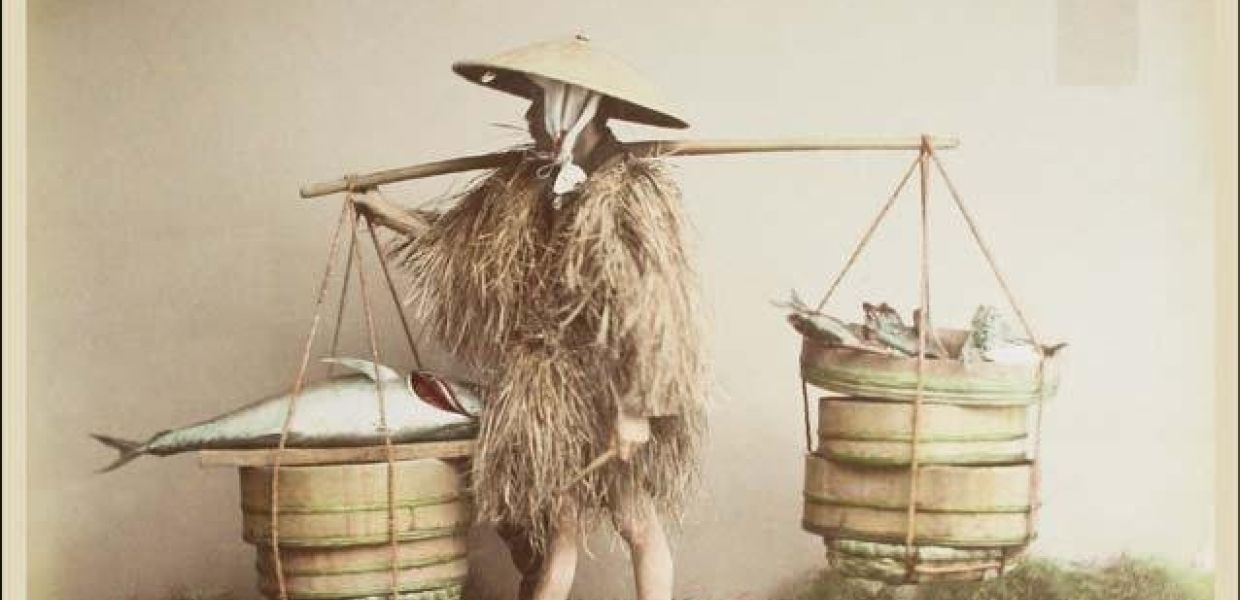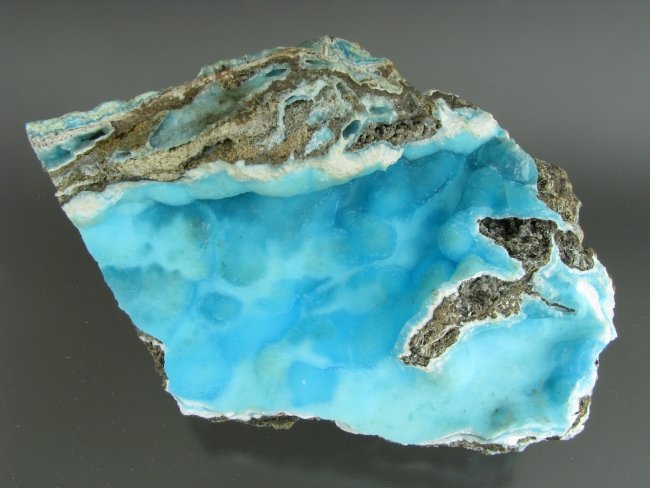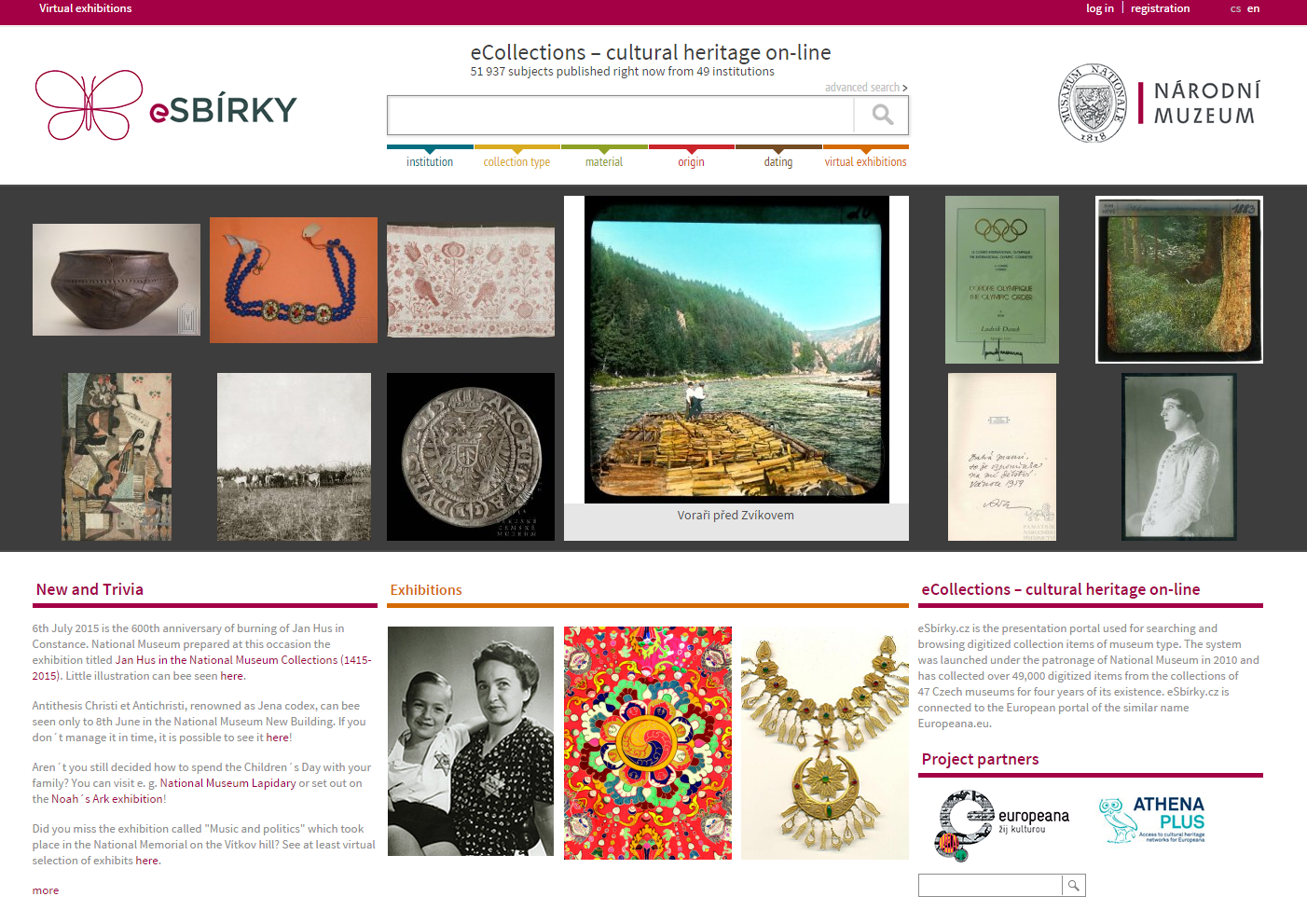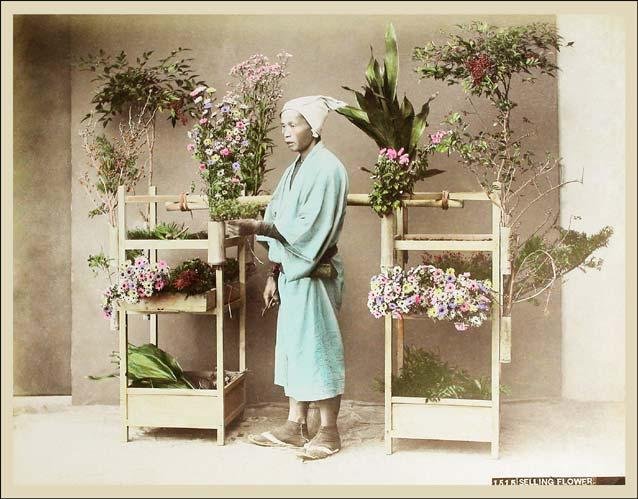Meet the Members Council: Jiří Frank

Hello! My name is Jiří Frank. I’m from a scientific background (specifically palaeontology - cretaceous nautilids), but alongside this scientific work, I also lead the digital asset management and new media department in the National Museum in Prague. To understand the museum infrastructure in both a modern and traditional way, it’s good to know a bit about various disciplines, and to combine these sometimes very different points of view. In my case, it was helpful to blend a scientific approach with an understanding of IT, databases, digitization, museum collection curation and the presentation of physical and, of course, digital content. Working in a large museum like the National Museum, and contributing to projects with organisations like Europeana, helps evolve all these different skills.

Hemimorfit, National Museum Mineral Collection, CC BY
The National Museum is a unique memory institution in terms of its structure which is divided into five large units: the Czech Republic’s second largest library, the Natural History museum, the History museum, the Náprstek Museum of Asian, African and American Cultures and the Czech Museum of Music. Every unit is divided into specific departments and smaller museums with their own buildings, exhibitions and collections. With collections including over 25 million objects (and this doesn’t include paleontological and entomological specimen drawers and boxes!), it’s a very special institution covering almost all domains – from natural history to art, video and sound, literature and history. Bringing together botanical specimens, sculptures, oral history, numismatics, maps, music scores and so much more, all under "one roof", reflects the amazing treasures of cultural heritage. This richness is actually presented with an even broader scope on the Europeana platform. It’s what makes this platform so unique, giving free access to these treasures to the public, and allowing them to see them in contexts we could never have even imagined before.
To make this happen, it is important to put huge effort into cataloguing content, data and metadata curation and preparation, digitization and presentation. Even when the positive impact for the provider and audience is clear, it can still be complicated to create this access and context in the virtual world. The National Museum faced these challenges, but with Europeana and other similar efforts, we are working hard to open up our collections online with our portal eSbírky (www.esbirky.cz) and via Europeana. We hope this inspires other memory institutions in the Czech Republic to choose a similar path with or without our help. I believe the Czech Republic will open up its digitized cultural heritage collections more widely in the future, and this is one of my main aims as a member of Europeana’s Members Council.

Home Page eSbírky, public domain.
The benefits and possibilities of digitizing collections
The trend of digitization has already spread worldwide in just a couple of years. Memory institutions are applying for funding to digitize collections both nationally and internationally. Consortia of memory institutions and technical partners have been built for greater coverage and project funding, for example from the EU. This is followed by the development of standards, protocols, cloud computing, portals with different search engines and IPR discussions. Big portals that aggregate collections are one outcome, and new partners are always needed for future development and the creation of big data hubs.
What sometimes still remain unclear to memory institutions providing data – particularly those just partially involved in bigger projects – is what benefits there are for them. What possibilities and new connections are made available to them when their content gets published online? It’s important to realise that digitization is not just for archiving, documenting and protecting original physical specimens, but that it creates potential for re-use - not just in research and education, but in ways we can’t even predict.
Two brilliant case studies that demonstrate this are OpenUp! and Europeana Creative. Providing data online through these projects opened up all sorts of possibilities and Europeana is in a great position to be the entrepreneur, promoter and ambassador to motivate institutions. My mission as your Councillor is to support this, and help increase the visibility of the many benefits and possibilities that are offered, including those opened up by the Europeana platform as a step in the process of digitising collections.

Selling Flowers, National Museum, CC BY
Natural history collections as important part of cultural heritage
Often, natural history collections are only considered relevant to science, research and education. This is obviously true when you think about sampling specimens and activities like that. But natural history carries a long cultural tradition with it too – how and where specimens were collected and stored, for instance, has great historical and cultural value. It has inspired artists and architects as an encounter with living nature and biodiversity. The techniques used to treat, prepare and arrange collections have unique traditions too, and include collaboration with painters, sculptors and even glassmakers – just think of animals eyes or collections like The Glass Flowers made by Leopold and Rudolf Blaschka in the 19th century! Exhibition halls for natural history collections were often adapted and built by famous architects, particularly in European cities like Paris, Prague and London. Natural history collections are great declarations of biodiversity and our shared history, and tell stories about great people like Charles Darwin or Carl Linnaeus.
Though definitions of cultural heritage do not explicitly cover natural history collections, I believe this will change in the future - largely because of its inclusion in places like Europeana. I will do my best to help it happen.
